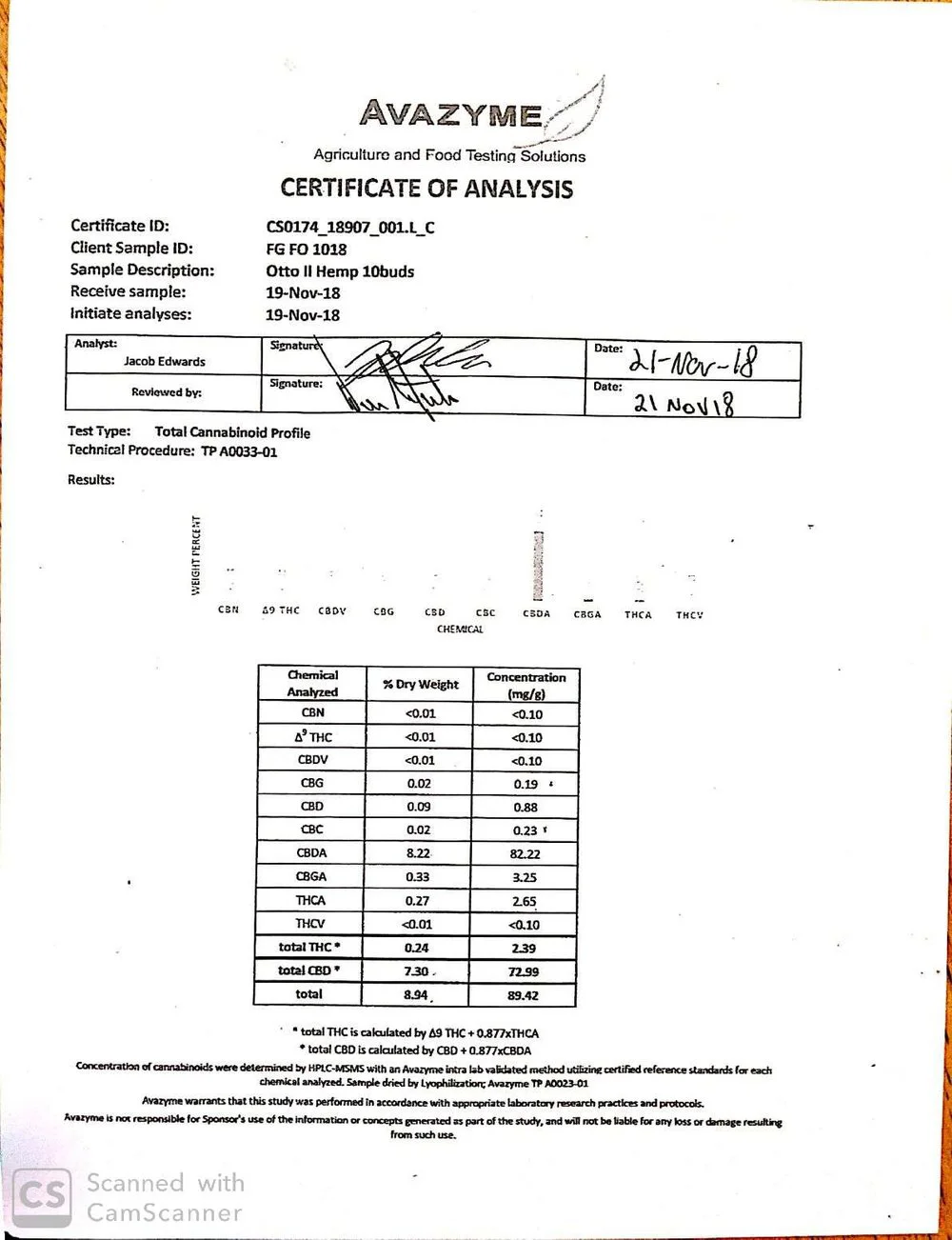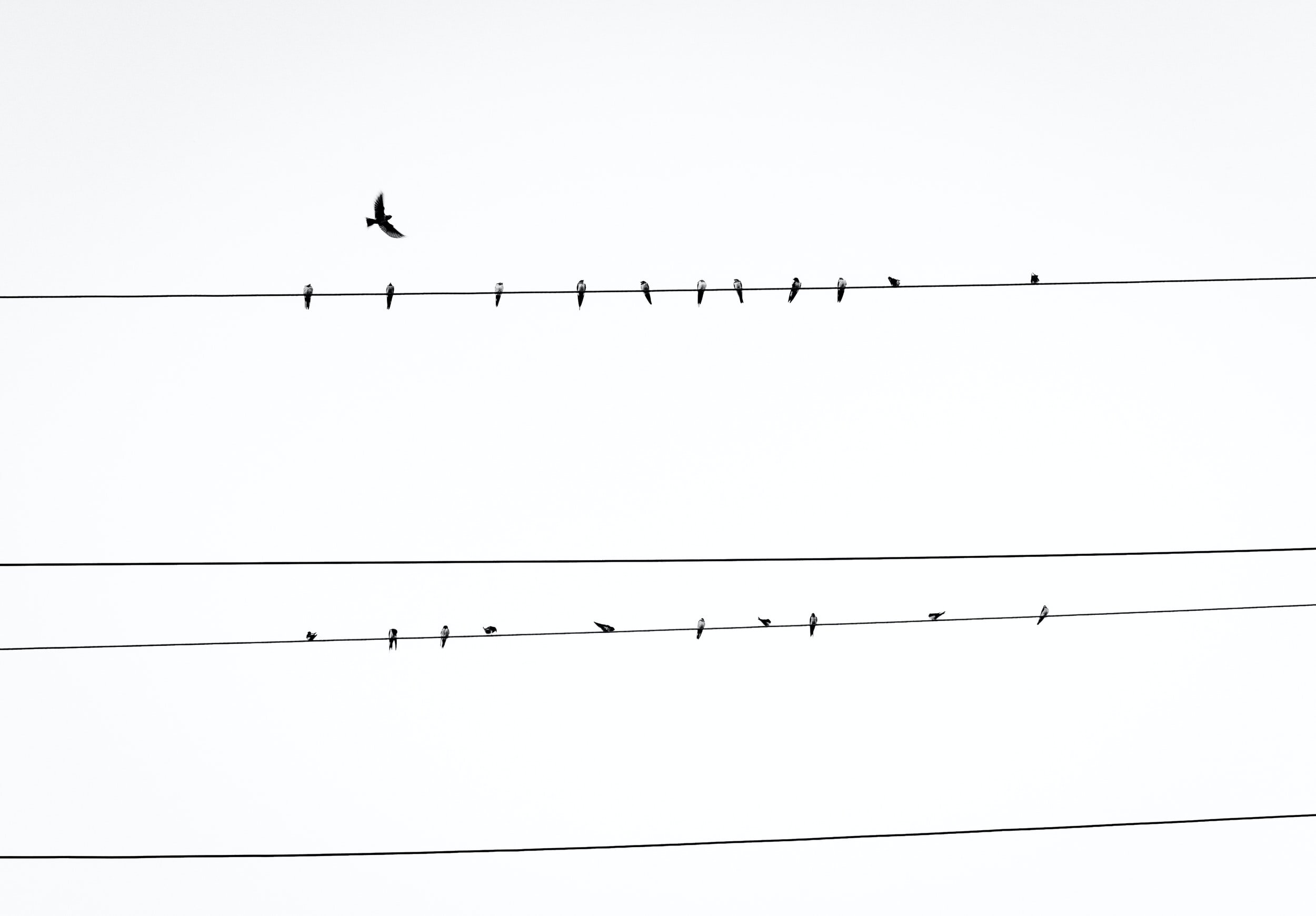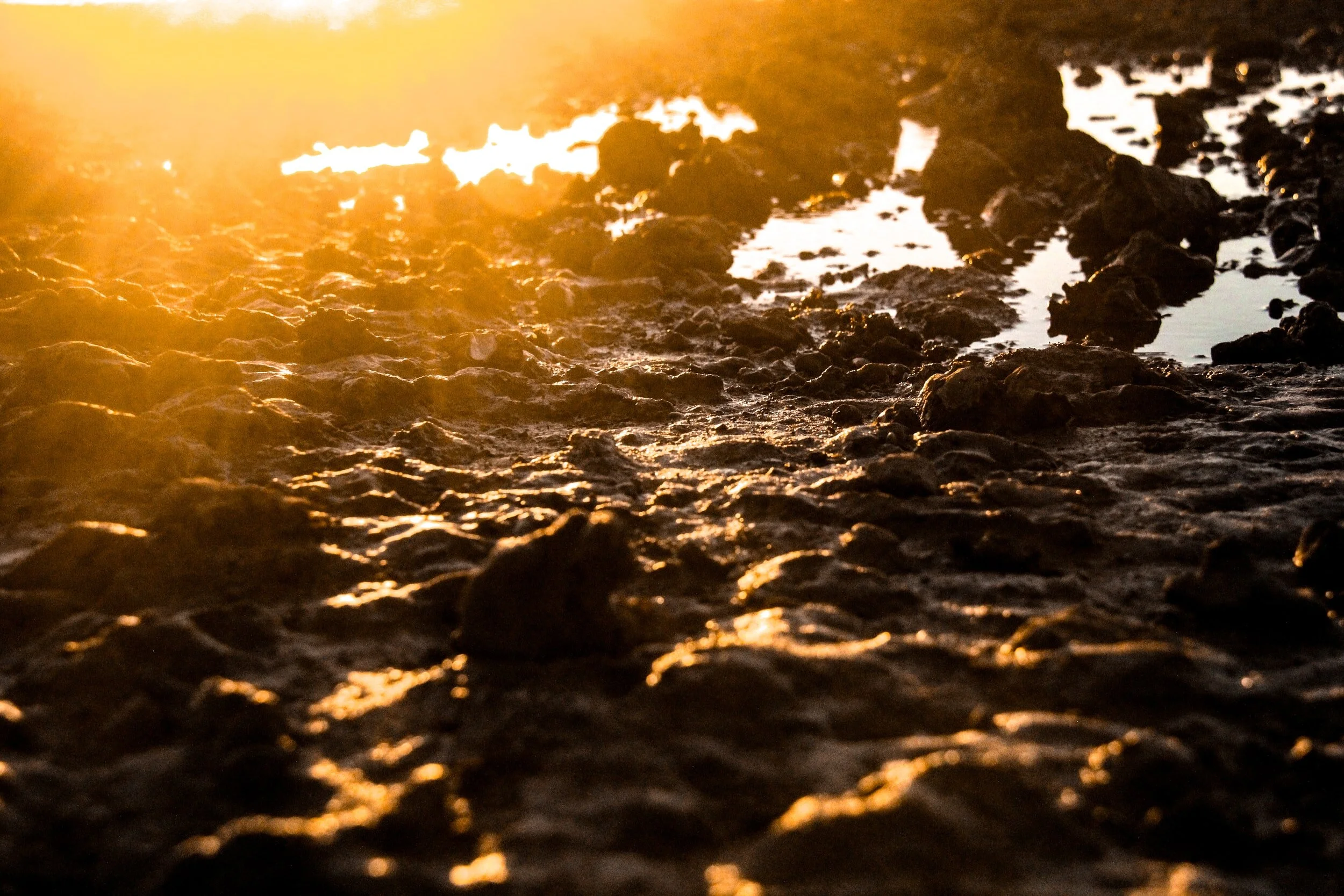“Hemp has a multitude of uses both historically and today: textiles, building materials, livestock bedding, bioplastics and, of course, potentially in health care. ”
Last time we covered the science behind CBD and left you wondering where it's been all your life. Well, cannabis, hemp, and CBD actually has a rich history in the United States and around the world.
It’s possible that CBD has been used medicinally since 2737 B.C., when Chinese Emperor Sheng Nung used a cannabis infused tea to alleviate many of his ailments, while the very first known cloth was made of hemp.
Spanish colonists originally brought the plant to the western hemisphere in the mid 1500’s, and a mere hundred years later, it had become a staple crop of the New England colonies. In fact, in 1619, the Virginia Assembly actually passed legislation requiring every farmer to grow hemp.
As cotton became more common place and part of American culture, mixed with the importing of other products, hemp production began to decline after the Civil War.
And it’s easy to see why. Hemp, the cannabis plant that does not produce THC, has a multitude of uses both historically and today. It can be used to make textiles, building materials, and livestock bedding. In modern culture, it also has the added benefit of being able to be used in bioplastics and, of course, potentially in health care.
In agriculture, it helps to maintain healthy soil by adding diversity to crop rotations, the practice of planting different crops in the same plot of land in order to improve soil health. Different plants deplete and return different nutrients into the soil. By rotating crops, agriculturists are able to maintain the best possible level of nutrients without adding synthetic compounds.
As cotton became more common place and part of American culture, mixed with the importing of other products, hemp production began to decline after the Civil War. However, as hemp fell out of vogue, interest in marijuana and its potential medicinal effects began to rise. In the United States, medical cannabis was used to treat nausea, rheumatism, and labor pain, and was available over the counter.
But by the 1930s, marijuana use became associated with Mexican and black communities, and politicians began to condemn it as a threat to poor, hard working Americans. In the era of the Great Depression, marijuana became linked with public resentment towards immigrants and the rising unemployment rate. By 1937, the Marijuana Tax Act made the plant illegal in the United States-both hemp and marijuana. In 1970 the Controlled Substance Act banned cannabis of any kind.
Fast forward to 2014, where a Farm Bill legalized hemp containing less than .3% THC to be grown for research purposes to study market-interest in hemp derived products. This past winter, another Farm Bill was passed expanding the 2014 Bill, allowing broad hemp cultivation and the “transfer of hemp-derived products across state lines for commercial or other purposes.”
The 2018 Farm Bill effectively removes hemp and hemp products from being classified as a federally controlled substance as long as the hemp is produced in ways outlined by the Farm Bill, follows all federal and state regulations, and is grown by a licensed grower.
The 2018 Farm Bill effectively removes hemp and hemp products from being classified as a federally controlled substance as long as the hemp is produced in ways outlined by the Farm Bill, follows all federal and state regulations, and is grown by a licensed grower. Additionally, in North Carolina, adding CBD to food or drink is also illegal.
However, current CBD regulation may change for North Carolina with impending legislation.The problem is, while the 2019 Farm Bill essentially legalized hemp, and by extension CBD so long as it's produced under the parameters of the bill, smokable hemp containing less than .3% THC looks almost identical to marijuana, which remains an illegal substance within the state. Therefore, law enforcement is unable to tell the difference between the two and wants smokable hemp to be banned. Initially, talks were in place to begin the ban this year, but that has recently been pushed to 2020.
So for the time being, this leaves CBD on the shelves and available for purchase, seemingly everywhere. For the final part of this series, I'll look at one CBD business and its role in our Matthews community.
Top image via NCSU Industrial Hemp Research Program; bottom: example of Hemp Certificate of Analysis, including THC content.












